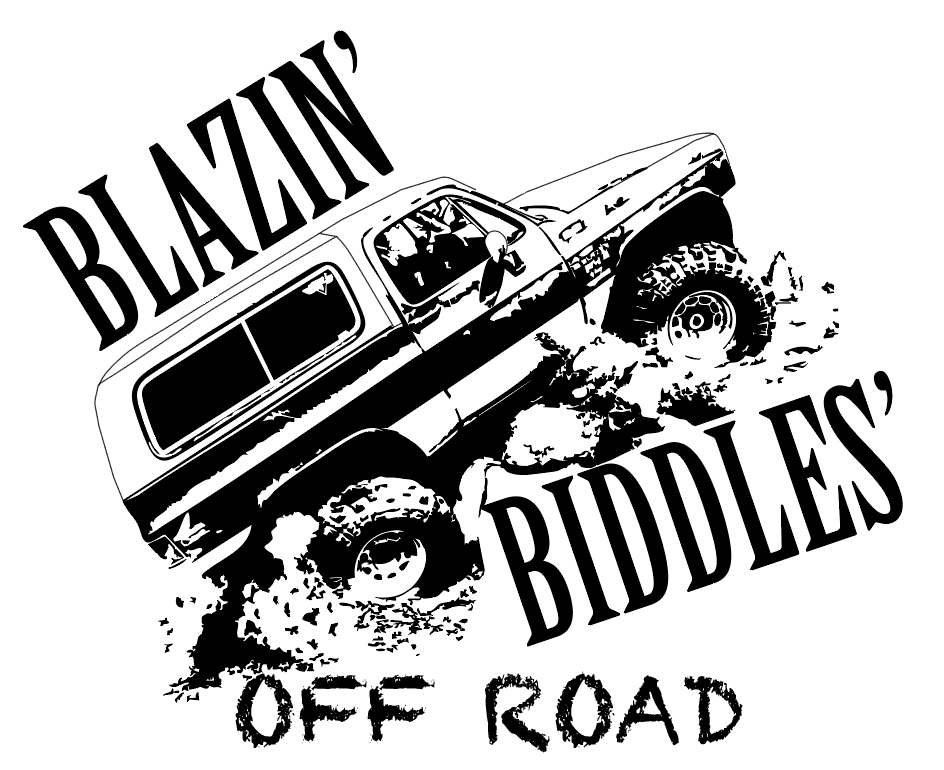🛠️ Squarebody Chevy Frame Guide (1973–1987)
Your frame is the foundation of everything on your Squarebody—literally. Whether you're doing a body swap, planning a full build, or trying to figure out if that Craigslist frame will fit your project, knowing the differences in Squarebody frames across years and models is key.
This guide covers every major frame variant used from 1973 to 1987 in GM’s C/K-Series trucks, Blazers, Jimmys, and Suburbans. You'll find plain-text frame specs, differences between 2WD and 4WD, short vs. long beds, common problem areas, and swap tips to help you choose (or reinforce) the right backbone for your build.
📊 Frame Spec Chart (Plain Text Format)
===============================================================
Squarebody Frame Comparison Chart (1973–1987 C/K Series Trucks)
===============================================================
Model Frame Length (approx) Suspension Notes
|--------------|---------------------------|---------------------------|-------------------------------------|
C10/K10 SB ~117.5" WB Coil (2WD) / Leaf (4WD) Short bed pickup
C10/K10 LB ~131.5" WB Coil (2WD) / Leaf (4WD) Long bed pickup
C20/K20 ~131.5" or ~135" WB Leaf Heavy-duty rear suspension
K30 ~131.5" or longer Leaf Thickest frame rails (HD use)
Blazer/Jimmy ~106.5" WB Leaf Boxed rear section
Suburban ~129.5" WB (1/2 ton) Leaf Longer, unique rear design
Crew Cab LB ~164.5" WB Leaf Longest frame GM offered
🧱 Frame Design Overview
🔧 1973–1980 vs. 1981–1987
- Earlier frames (1973–1980) are generally heavier and slightly more squared off.
- 1981–1987 models received minor revisions for emissions mounts, fuel tank design, and crossmember changes.
- Most frame swap compatibility is within generation: e.g., a 1975 cab fits a 1978 frame, but not a 1986 without mods.
🔧 2WD vs. 4WD Differences
- 2WD frames typically have a flatter front crossmember (IFS setup).
- 4WD frames feature drop-outs for solid axle clearance and leaf spring hangers up front.
- Engine crossmember and steering box location differ between the two.
🔧 Short Bed vs. Long Bed
- The rear section of the frame is the primary difference in length.
- Short beds can often be installed on long bed frames with shortening (not ideal).
- Long bed frames are better suited for HD use or towing applications.
⚠️ Common Frame Problem Areas
- Rust-prone zones:
- Rear cab mounts
- Rear shock crossmember
- Rear frame rails above the axle
- Blazer/Jimmy boxed rear rails
- Cracking or stress areas:
- Steering box area (especially on lifted 4WD trucks)
- Front horns where bumpers bolt in
- Motor mount perches (on swapped frames)
- Sagging or misalignment:
- Caused by years of hauling or off-road abuse
- Check frame rails for bowing or twist during a rebuild
====================================
Frame ID Tips for 1973–1987 Trucks
====================================
1. Frame Stamp:
- Often found on top of the driver-side frame rail near the engine mount or rear axle
- May include partial VIN or model/plant info
2. Crossmember & Suspension Setup:
- Coil spring brackets = 2WD
- Leaf spring perches = 4WD
- Double fuel tank cutouts = later 80s dual tank frames
3. Frame Rail Thickness:
- 1/2-ton = ~0.12–0.14"
- 3/4-ton = ~0.16"
- 1-ton (K30) = up to ~0.19"
4. Boxed vs. C-Channel:
- Blazer/Jimmy frames have boxed rear sections for added strength
- Pickups typically have open C-channel after the cab
🔧 Frame Swap & Modification Advice
- Coil to Leaf Spring Swap: Requires changing hangers and brackets; common on performance builds
- 2WD to 4WD Frame Swaps: Easier to swap body onto a 4WD frame than convert a 2WD frame
- Short Bed Conversions: Cutting a long bed frame is possible, but weld reinforcement and precision are critical
- Crossmember Replacements: Aftermarket tubular and bolt-in crossmembers can improve rigidity and clearance
- LS Swap Compatibility: Crossmember clearance, frame mount placement, and oil pan clearance are top concerns
🔚 Closing Statement
Whether you’re building a showpiece, a crawler, or just trying to figure out if that cab swap is going to work, your Squarebody’s frame is the blueprint behind it all. Understanding what you have—and what fits—can save you time, money, and a lot of welding.
This guide breaks down every frame used from 1973 to 1987, from short bed 2WDs to Suburbans and K30 crew cabs, giving you the knowledge to build smarter and stronger.
For more tech, guides, and build tips, stick with
Blazin’ Biddles’ Off-Road—where every bolt matters.
